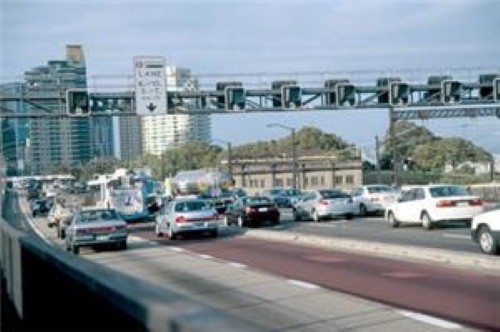It's nearly impossible to accurately predict exactly how a natural disaster will affect a town, let alone a business' daily operations. There is often a butterfly effect, with one incident causing another. As such, disaster recovery planning should be done in order to create plans for a variety of situations.
Even if transportation is temporarily halted, employees will need to know if there is a hot site they should travel to instead or just work from home. In order for business resumption to happen as quickly as possible – and to keep affairs running smoothly throughout the entire process – companies need to ensure that a risk management assessment accounts for natural disasters.
For example, while the Oklahoma Dust Bowl refers to a series of intense storms during the 1930s, the state recently experienced a similar situation this week. As reported by the Associated Press, a massive dust storm swept over northern Oklahoma on Thursday, forcing a major highway to shut down after lowering visibility and causing a multi-vehicle accident.
Gary McManus, the Oklahoma state climatologist, told the news source that the state had the perfect combination of dry soil and extreme winds.
"Also, the timing is bad because a lot of those farm fields are bare," McManus said. "The soil is so dry, it's like powder. Basically what you have is a whole bunch of topsoil waiting for the wind to blow it away. It's no different from the 1930s than it is now."
When incidents such as these prevent employees from going to work, disaster recovery planning may not always be able to predict every possible outcome, but it will help create a better likelihood that a business will be able to bounce back and resume normal operations as soon as possible.

